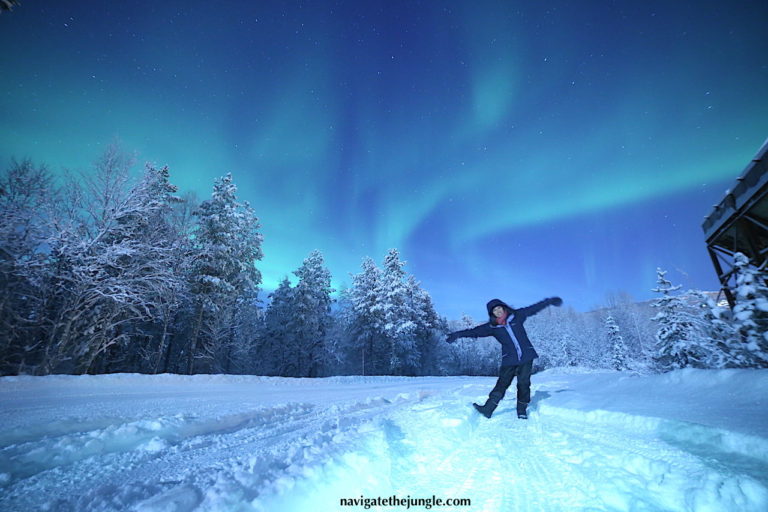We had a good night’s sleep following our exertions the previous day in Paradise Bay. Overnight the ship had passed by Neumayer Channel between Anvers and Weincke islands discovered in 1873 by a German expedition.
Lemaire Channel
At 7am we were awoken by the Caption to say the ship had arrived in the Lemaire Channel. Unfortunately for us the cloud was thick and there was little definition between the sky and iceberg festooned waters. Our Captain sticks to the centre of the channel, creeping forward slowly. This year the pack ice, a mixture of sea ice, ice calved from local glaciers and icebergs blown in from the south aim to hinder our progress. The Explorer, an ice-breaker, ploughs onwards through the sea ice, splitting and overturning the icebergs. This exposes the red-tinged base of the icebergs.

A biological wonderland
The red-tinged colour are the colonies of photosynthetic di-atoms that live in the Antarctic Oceans. Its presence is almost implausible but these unicellular, planktonic plants are the primary food of krill. These tiny crustaceans are therefore the key to the Antarctic food chains.
Around us in the channel were Weddell, crabeater and leopard seals languishing on ice floes. We were surprised how close we could get to these curious creatures before they slipped quietly into the water. Where they had once sat now was the remnants of their scat colouring the ice.

The expertise on board made a seal classification lesson inevitable. The Weddell, crab eater and leopard seals are the ‘true seals’ grouped in the Pinniped sub-order. They are the descendents from otters or weasels. In contrast, the fur seals are grouped in the sub-order Ortariidae. They are the descendents from bears in the North Pacific. They differ from the each other in many ways including the way they use their flippers to walk on land or swim. By the time we reach the Lemaire Channel we have seen all four species of Pinnipeds, the Weddell, crabeater, leopard and southern elephant seals. Unfortunately, it is too early in the season to see any fur seals.
Lemaire Channel Geography
Defining the entrance to the channel are two towers of black basalt, topped with an enormous cap of snow, one on each side. This is the entrance to the narrow stretch of water between the Antarctic Peninsula and Booth Island, just 1600m wide. It is named after the Dutch sailor, Jacques LeMair. He was the first known sailer to navigate around and name Cape Horn in 1616, well before Sir Francis Drake. The channel was first circumnavigated by Gerlache in 1898. Here the mountain peaks rise to over 2000 feet on the island and over 3000 feet on the peninsula. Hanging glaciers sit over jagged precipices and icefalls as if at Everest base camp, plunge towards the narrow channel.
Nangle angle
The Lemaire channel is seductive in its beauty even in these weather conditions.
Nangle facts & tips
Read our other blogs on our Antarctic expedition here.




